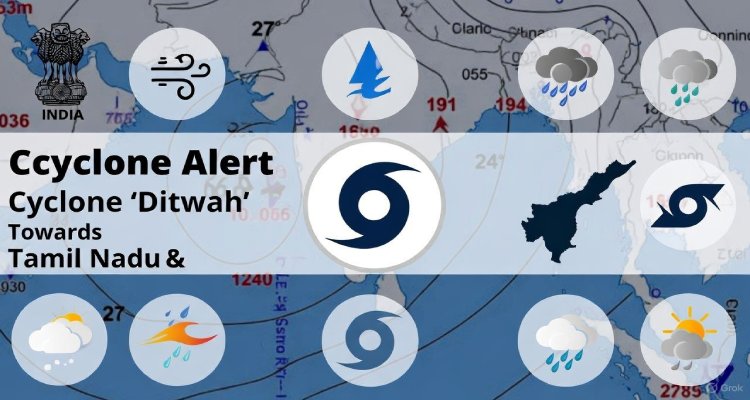The Most Dangerous Energy Ideas That Could Still Happen
A deep dive into the world’s most dangerous energy ideas — from solar geoengineering to deep-sea mining — and why they could reshape or ruin our planet.
Introduction: When Innovation Turns Into a Risk
In humanity’s relentless race to fuel the future, some energy experiments have crossed the line between innovation and catastrophe. As the planet faces intensifying climate crises and rising energy demands, scientists, governments, and corporations are pushing the boundaries of what’s possible. But not every idea born in the name of progress is safe. From solar geoengineering to deep-sea mining and space-based power stations, several high-stakes energy concepts could rewrite the rules of our existence — or endanger it.
The Energy Dilemma: Desperation Breeds Dangerous Ideas
The global energy sector stands at a crossroads. While renewable energy is expanding rapidly, fossil fuels still account for more than 75% of global emissions. As nations scramble to meet net-zero targets, some radical — and controversial — ideas have re-emerged from research labs and policy think tanks. These are the “Plan Bs” of a desperate world: concepts that promise immediate solutions but may unleash unpredictable long-term consequences.
From tampering with Earth’s climate system to harvesting nuclear energy from space, these ideas share a common flaw — they solve one problem while potentially creating many more.
1. Solar Geoengineering: Playing God With the Sky
One of the most debated proposals in climate science is solar geoengineering — the idea of spraying reflective aerosols into the stratosphere to reduce sunlight and cool the planet.
Proponents argue it could rapidly offset global warming and buy time for emissions reduction. But critics warn that such a move could disrupt rainfall patterns, trigger droughts, and cause regional climate chaos.
In 2023, Harvard University’s small-scale SCoPEx project faced massive public backlash, forcing the team to halt testing. Environmental activists likened it to “a planetary experiment without consent.”
If deployed on a large scale, geoengineering could become an irreversible gamble with Earth’s ecosystems — where a single miscalculation might have global repercussions.
2. Deep-Sea Mining: Digging Up the Planet’s Final Frontier
The world’s oceans cover more than 70% of Earth, and beneath their floors lie vast reserves of cobalt, nickel, and rare earth elements — all critical for green technologies. However, deep-sea mining, now being tested by several nations and corporations, could devastate marine biodiversity that has evolved over millions of years.
Experts warn that mining could release toxic plumes, disrupt food chains, and irreversibly damage ecosystems we barely understand. The International Seabed Authority has yet to finalize regulations, but exploratory licenses have already been issued.
Marine biologist Dr. Sylvia Earle summed up the risk perfectly: “We know more about the surface of Mars than we do about the deep ocean — and we’re already trying to mine it.”
3. Space-Based Solar Power: A Cosmic Energy Dream With Terrestrial Risks
Space-based solar power (SBSP) sounds like science fiction: giant satellites collecting solar energy in orbit and beaming it to Earth via microwaves. Japan and China are leading research in this field, and the United States has revived interest through NASA-backed studies.
While it could theoretically provide limitless clean energy, the technology carries massive geopolitical and technical risks. A misaligned microwave beam could fry communications, power grids, or even pose a security threat. Militarization fears are real — as nations race to dominate this energy frontier, SBSP could spark a new era of “orbital energy warfare.”
4. Nuclear Microreactors: Small Size, Big Worries
Microreactors — compact, transportable nuclear power units — are touted as the future of clean, on-demand energy. The U.S. Department of Defense has already begun pilot programs under Project Pele.
But critics raise safety concerns: portable reactors could become high-value targets for terrorists or suffer catastrophic failures in unstable regions. Waste disposal remains another unresolved issue.
Energy policy analyst Dr. Arjun Patel cautions, “Miniaturizing nuclear power doesn’t make it safer — it just multiplies the number of things that can go wrong.”
5. Synthetic Fuels and Bioenergy: The Green Illusion
While synthetic fuels and large-scale bioenergy projects are marketed as “carbon neutral,” the reality is murkier. Cultivating biofuel crops at industrial scale consumes vast land and water, often displacing food production and wildlife habitats.
Similarly, producing synthetic fuels using captured carbon can still result in significant emissions if powered by non-renewable sources. Environmentalists warn that these “green alternatives” risk becoming a smokescreen — prolonging fossil fuel dependence rather than eliminating it.
Expert Insight: The Ethics of Energy Experimentation
Dr. Naomi Roesler, a climate ethicist at the University of Cambridge, believes the problem lies not in ambition but in accountability. “We’re so focused on what technology can do that we rarely stop to ask what it should do,” she says. “Some of these ideas might work in theory, but the ethical cost of experimenting on an entire planet is something humanity isn’t prepared to pay.”
Public sentiment reflects growing skepticism. A 2025 Pew Research survey found that 61% of respondents opposed large-scale geoengineering, and over 70% supported stricter global regulation of experimental energy projects.
The Global Fallout: What Happens Next
The race for radical energy innovation isn’t slowing down. China, the U.S., and the EU are investing billions in high-risk, high-reward technologies — often without clear international oversight. Meanwhile, developing nations face the greatest vulnerability to unintended consequences like disrupted weather patterns or resource exploitation.
As history has shown — from Chernobyl to Deepwater Horizon — even well-intentioned energy projects can spiral into disaster when profit and politics overshadow precaution.
Conclusion: The Line Between Innovation and Instability
The world’s energy crisis demands creativity, courage, and technological breakthroughs. But it also demands humility. The most dangerous energy ideas aren’t necessarily those that fail — they’re the ones that succeed without understanding their consequences.
Before humanity gambles again with the balance of its planet, it must remember one truth: not every solution is worth the risk.
Disclaimer :This article is for informational and educational purposes only. It does not promote or endorse any specific energy technology or political stance. Readers are encouraged to verify facts and consult expert sources for detailed guidance.











